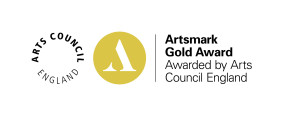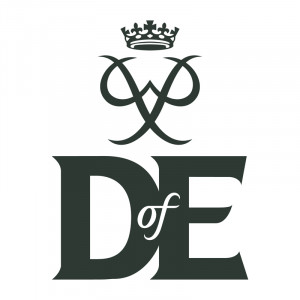- Power of 3
- Overview
- Class Charts Parent App
- ParentPay
- Admissions
- Year 6 Transition
- Attendance
- Behaviour for Learning
- Our School Day
- Term Dates
- Independent Learning
- E-Safety
- Safeguarding
- Exams Information
- Careers
- Parents' Evenings
- Transport
- School Catering
- Equipment and uniform
- Remote Education
- Support for Families
- Parent View
Behaviour for Learning
Behaviour and attitudes to learning at Belle Vue Girls’ Academy are excellent.
We have clear systems and process in place to ensure the highest standards are consistently met by our students. Parents/Carers are asked to support the academy in maintaining high standards of behaviour by using the Class Charts Parent App to track and monitor their child's behaviour on a daily basis.
Code of Conduct
BVGA pupils are expected to:
- Strive to have excellent attendance and be punctual and well equipped so that the lesson can start on time and run smoothly.
- Co-operate with teachers, listen and follow instructions so that the learning of the whole class is not affected.
- Be well organised with homework, completed and handed in on time so that learning can continue without time being lost.
- Work hard to complete all tasks to a high standard.
- Move around the academy in a calm, quiet and considerate manner.
- Treat the academy buildings and property with respect.
- Be polite and show respect to fellow pupils.
- Wear the correct uniform at all times, including lanyards and ID.
- Know and then follow, without question, the procedures laid down in the event of a fire or other emergency.
- Uphold the good name of the academy as we move around in our local community.
- Accept sanctions when given.
Attitudes to Learning
As well as conducting themselves in an orderly fashion, students are taught about and expected to demonstrate outstanding attitudes, and develop as confident learners, confident communicators and confident future citizens. They do this by aiming high, developing creative thinking, independence, and teamwork skills. They are also encouraged to show compassion, respect, responsibility, and resilience. These attitudes are taught and nurtured throughout academy’s academic and personal development curriculum. Student’s attitudes will be graded by their teachers twice a year and this will be reported to parents. We will use the following character framework to assess students:
| Confident learners demonstrate the following competencies. | Confident communicators demonstrate the following competencies. | Confident future citizens demonstrate the following competencies. |
|---|---|---|
|
They aim high by:
They show creative thinking by:
They show independence by:
They show teamwork by:
|
They aim high by:
They show creative thinking by:
They show independence by:
They show teamwork by:
|
They aim high by:
They show creative thinking by:
They show independence by:
They show teamwork by:
|
Confident learners, confident communicators and confident future citizens demonstrate the following attributes:
|
Rewards & Sanctions
In relation to the Code of Conduct and Attitude to Learning Criteria, pupils who behave well and bring credit to themselves, their families and the academy will be recognised and rewarded. Those who break the code of conduct will be sanctioned appropriately.
Positive behaviour will be recognised with:
- Regular praise
- Recognition for exceptional work through the use of ‘stamps’ on Class Charts.
- Letters or phone calls home to parents
- Positive attitude to learning grades reported to parents
- Presentation of certificate to recognise exceptional work in assemblies
- Special responsibilities/privileges
- Invitations to attend annual reward trips and activities
Misbehaviour will be sanctioned with:
- Recording behaviour ‘codes’ on Class Charts for misbehaviour as follows:
- R code – issued to pupils who are not ready to learn, i.e thet are late to lessons or do not have the required equipment.
- B code – issued to pupils who to not follow to code of conduct and attitude to learning criteria in class (after first receiving a verbal warning) & around the academy.
- A verbal reprimand
- School detentions (break / lunch or after school as directed)
- Expecting work to be completed at home, or at break or lunchtime
- Letters or phone calls home to parents
- The use of senior leadership behaviour contracts for persistent misbehaviour.
Serious Misbehaviour will be sanctioned with:
- A period of isolation. Pupils are expected to complete the same work as they would in class whilst in isolation rooms where appropriate. Pupils who do not attend a given detention are also sent to the isolation room.
- Direct placement onto senior leadership behaviour contracts
- A period of isolation in another school, arranged through the Central Bradford Behaviour and Attendance Collaborative
- Behaviour panel meeting (parents, pupils, senior/middle leadership representative)
- A period of suspension
- Permanent exclusion












